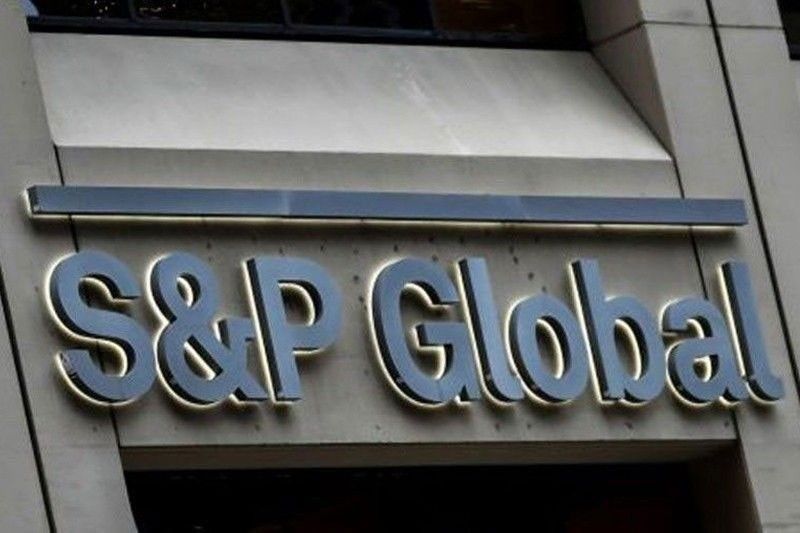Philippines vulnerable to rising US yields – S&P

MANILA, Philippines — The Philippines is vulnerable to the impact of rising US yields on financial conditions and growth outlook, but not as much as during the “taper tantrum” episode in 2013, S&P Global Ratings said.
In its latest report titled “Asia’s emerging economies better cushioned against Taper Tantrum than in 2013,” S&P chief economist for Asia Pacific Shaun Roache said the Philippines and India are the most vulnerable due to accelerating inflation.
“Both economies have seen inflation rise in recent months. Real policy rates are below long-run average levels, eroding the return buffers,” the debt watcher said.
Inflation in the Philippines accelerated for the fifth straight month to a fresh two-year high of 4.7 percent in February on higher oil and food prices.
The Bangko Sentral ng Pilipinas (BSP), however, said the rise is transitory as it is caused by supply-side shocks such as rising oil prices, as well as the impact of the African swine fever (ASF) and weather-related disturbances on food prices.
Economic managers expect a recovery with a gross domestic product (GDP) growth of 6.5 to 7.5 percent this year after a record 9.5 percent contraction last year as the Philippines slipped into recession.
S&P said capital may be quicker to leave in the Philippines and India, and the central banks may have to raise policy rates.
“One mitigating factor for both countries is that current accounts are stronger relative to normal levels,” it added.
The debt watcher pointed out the reflation trade that is lifting US yields would not hit Asian emerging markets’ financial conditions and growth outlook as much as during the “taper tantrum” of 2013.
“The recovery across Asia’s emerging economies should withstand rising US yields so long as this reflects an improving growth outlook and reflation rather than a monetary shock,” Roache said.
In 2013, US yields leaped after the US Federal Reserve indicated it would begin unwinding its quantitative easing program. The resulting panic over rising credit costs led to sharp outflow from emerging markets, including Asia’s, and forced central banks to hike interest rates.
The report highlighted three important factors that determine vulnerability to external shocks in Asia, including the nature of the shock, initial conditions, and policy response.
“In our view, yields are rising in response to hopes that better economic growth will lift inflation. Asia is usually a prime beneficiary of improving global growth. We also believe that Asian economies are better cushioned against external shocks than during the taper tantrum of 2013,” Roache said.
He added initial conditions are bolstered by current account surpluses, low inflation, higher real interest rates, and fatter foreign exchange reserve buffers.
A reflationary trade and stronger initial conditions lower the odds that central banks would be forced into an untimely tightening that could strangle the recovery, as occurred in 2013.
“The US Treasury market remains important for financial conditions in Asia. Markets can react in a non-linear way if yields rise very quickly, especially if real yields jump and the US dollar appreciates at the same time,” Roache said.
- Latest
- Trending






























